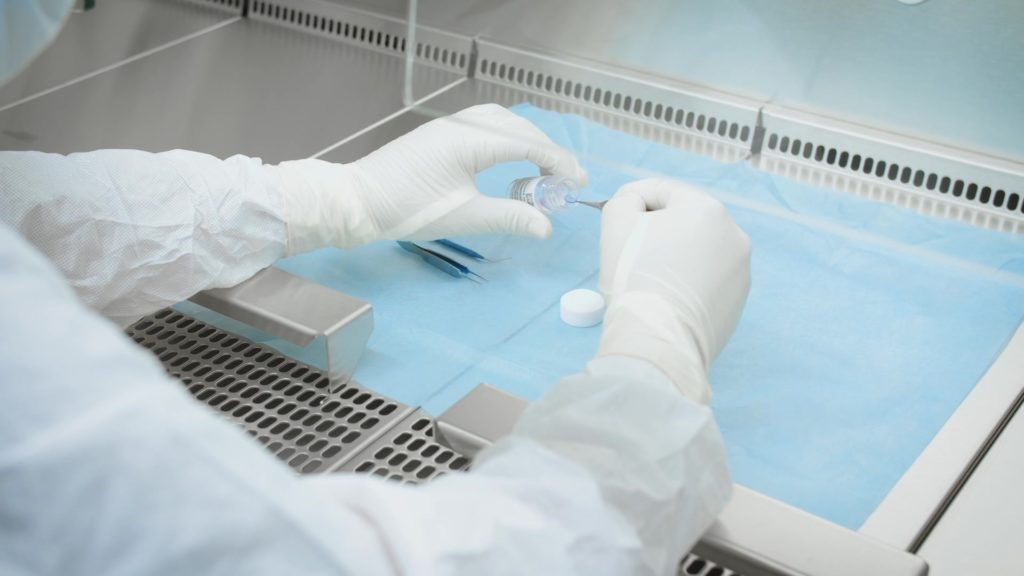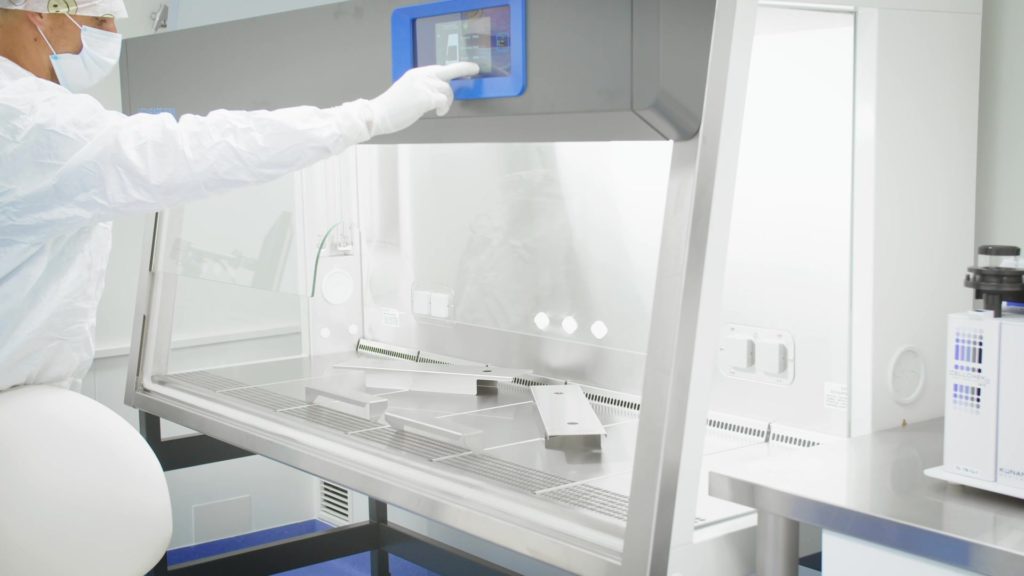27.7.2022
Corneal transplants are the most common, along with heart, kidney, and liver transplants. In July in Zlín, a fourth one was added to the three existing eye tissue banks in the Czech Republic. It is a part of the Gemini Eye Clinic network. It is primarily intended to shorten patients’ waiting time for a necessary transplant, which has been up to a year long so far.
Corneal transplantation, or keratoplasty, is a surgical procedure in which a diseased cornea is replaced with a donor cornea. It is performed on patients with an injured, deformed, or thinned cornea. Complex surgery is often the only hope of regaining sight after serious eye injuries. In July, the Gemini Eye Clinic in Zlín performed the first cornea transplants from its tissue bank. “Both surgeries were successful and without any complications. We believe that our tissue bank, which took two years to build, will help us reduce the lack of corneal tissue and shorten the current one-year waiting time for corneal transplants,” said the founder of the Gemini Eye Clinic, Pavel Stodůlka.
Even though in the case of a cornea, it is not necessary to look for a match between the donor and the recipient, as is the case with other transplants, the waiting period for a cornea from a donor in the Czech Republic is usually up to one year. This is mainly influenced by strict criteria and legislation regarding the collection of corneal tissue. Thus, patients have to wait for long months. At the same time, time may continue to worsen their health condition without being treated with surgery. “Due to the unavailability of eye corneal tissues and the long waiting time for transplantation, thanks to our bank, we can help improve the sight of more patients and do so in a shorter time. Primarily, the tissue bank will serve the needs of our clinic’s patients. As our tissue facility is also approved for the distribution of eye corneal tissues, we count on cooperation with other transplant centers,” said Filip Hančík, head of the Gemini Tissue Bank.
Interesting facts about the cornea and its transplantation:
- it is the frontal, transparent part of the eye
- ensures penetration and corrects refraction of light
- protects the eye against external mechanical, physical, and chemical influences
- it is avascular, so there is no need to look for a match between donor and recipient during transplantation
- donors are selected between the ages of 18 and 85; younger donors are excluded by legislation
- the criteria for selecting the cornea are its overall health, no infection, bacteria, or virus








